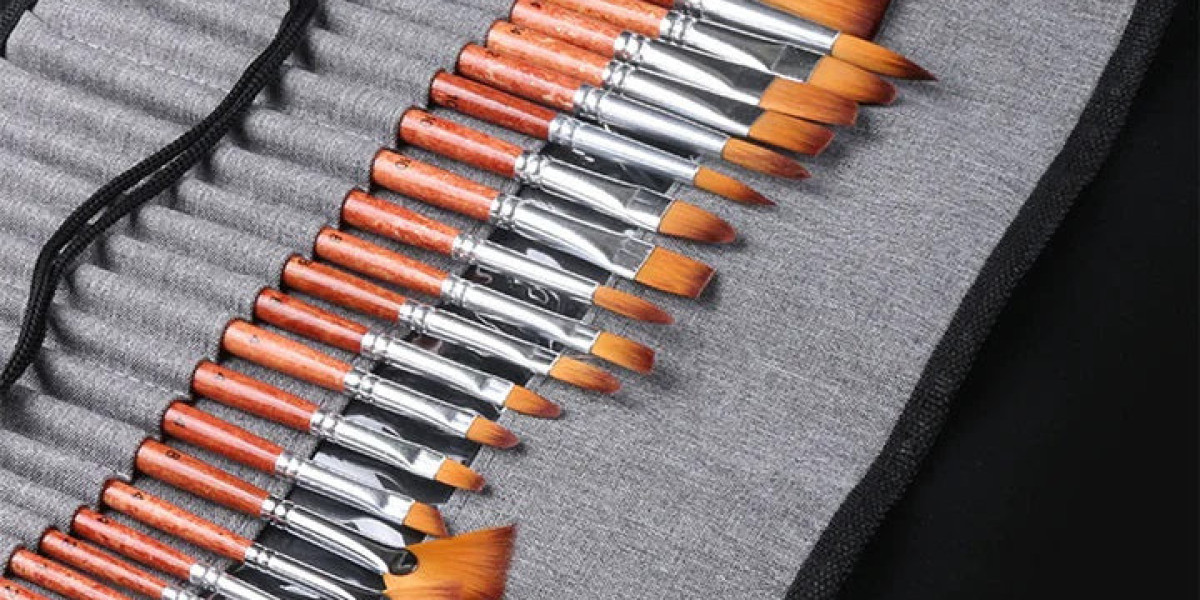Poster paints, also known as tempera paints, are a favorite among artists, hobbyists, and educators for their vibrant colors and ease of use. However, to achieve the best results, selecting the right surface is crucial. In this article, we'll explore the best surfaces for poster painting and provide tips and tricks to enhance your artistic endeavors. Whether you're a beginner or a seasoned artist, these insights will help you make the most of your poster paints.
Why Surface Matters for Poster Painting
Choosing the right surface for poster paints can make a significant difference in your artwork's final appearance and durability. Poster paints are water-based and can work well on various surfaces, but some are more suitable than others. The surface you choose affects how the paint adheres, the vibrancy of the colors, and the overall texture of your artwork.
Factors to Consider
- Absorbency: Different surfaces absorb paint differently, affecting the drying time and the paint's appearance.
- Texture: The texture of the surface can add depth and interest to your artwork.
- Durability: Some surfaces are more durable and can withstand multiple layers of paint and other manipulations.
Best Surfaces for Poster Painting
1. Paper
Paper is the most commonly used surface for poster painting. It's versatile, readily available, and comes in various types and textures.
Types of Paper
- Watercolor Paper: Watercolor paper is an excellent choice for poster paints because it's designed to handle water-based media. It comes in different weights and textures (cold-pressed, hot-pressed, and rough), offering various effects.
- Mixed Media Paper: This type of paper is designed for use with multiple media, including poster paints. It's usually thicker and can handle multiple layers of paint without warping.
- Cardstock: Cardstock is thicker than regular paper and provides a sturdy surface for poster paints. It's ideal for projects that require a more rigid base.
2. Canvas
Canvas is a durable and versatile surface that can handle the heavy application of poster paints. While traditionally used for acrylics and oils, it works well with poster paints, especially when primed correctly.
Preparing Canvas
- Priming: Before using canvas with poster paints, it's essential to prime it with gesso. Gesso creates a smooth, absorbent surface that helps the paint adhere better and prevents it from soaking into the canvas fibers.
- Stretching: Ensure your canvas is properly stretched to avoid sagging as the paint dries.
3. Wood
Wood is a unique and durable surface for poster painting, adding a natural texture and warmth to your artwork.
Types of Wood
- Plywood: Plywood is an affordable and readily available option. Sand it smooth and prime it with gesso before painting.
- MDF (Medium-Density Fiberboard): MDF is smooth and uniform, making it an excellent surface for detailed work. Like plywood, it should be primed before use.
4. Cardboard
Cardboard is an accessible and budget-friendly surface for poster paints, ideal for practice and experimental projects.
Tips for Using Cardboard
- Strengthening: Reinforce thin cardboard with additional layers or by mounting it on a sturdier base.
- Priming: Applying a coat of gesso or white acrylic paint can help prevent the paint from soaking into the cardboard and improve color vibrancy.
5. Fabric
Fabric can be an interesting surface for poster paints, especially for creating wearable art or unique home decor items.
Preparing Fabric
- Pre-Washing: Always wash and iron the fabric before painting to remove any sizing or chemicals.
- Stabilizing: Use a stabilizer or an embroidery hoop to keep the fabric taut while painting.
- Heat-Setting: Once the paint is dry, heat-set it with an iron to make it permanent and washable.
Tips and Tricks for Poster Painting on Different Surfaces
Ensuring Even Coverage
To achieve an even coverage of poster paints, use a flat brush and apply the paint in smooth, consistent strokes. Avoid overworking the paint, as this can lead to streaks and uneven texture.
Layering Techniques
Poster paints can be layered to create depth and dimension. Allow each layer to dry completely before adding the next to prevent smudging and muddiness.
Blending and Mixing Colors
Blending and mixing colors with poster paints can produce a wide range of hues and effects. Use a palette to mix your colors and blend them directly on the surface for smooth transitions.
Protecting Your Artwork
To protect your finished artwork, consider applying a clear varnish or sealant. This will help preserve the colors and prevent damage from moisture and handling.
Common Mistakes to Avoid
Using the Wrong Surface
Using the wrong surface can lead to frustration and disappointing results. Always choose a surface suitable for water-based paints and prepare it properly before starting your project.
Skipping Primer
Skipping the priming step can result in uneven paint absorption and poor adhesion. Always prime surfaces like canvas, wood, and cardboard to ensure the best results.
Overworking the Paint
Overworking the paint can cause streaks and muddy colors. Apply the paint in smooth, even strokes and allow each layer to dry completely before adding more.
Neglecting to Protect Finished Artwork
Neglecting to protect your finished artwork can lead to damage over time. Apply a clear varnish or sealant to preserve your work and keep it looking vibrant.
Final Thoughts
Selecting the right surface for poster paints is crucial for achieving the best results in your artwork. From paper and canvas to wood and fabric, each surface offers unique advantages and challenges. By understanding the properties of different surfaces and following proper preparation techniques, you can enhance your poster painting projects and create stunning works of art. Remember to experiment with various surfaces and techniques to discover what works best for you and your artistic style.







